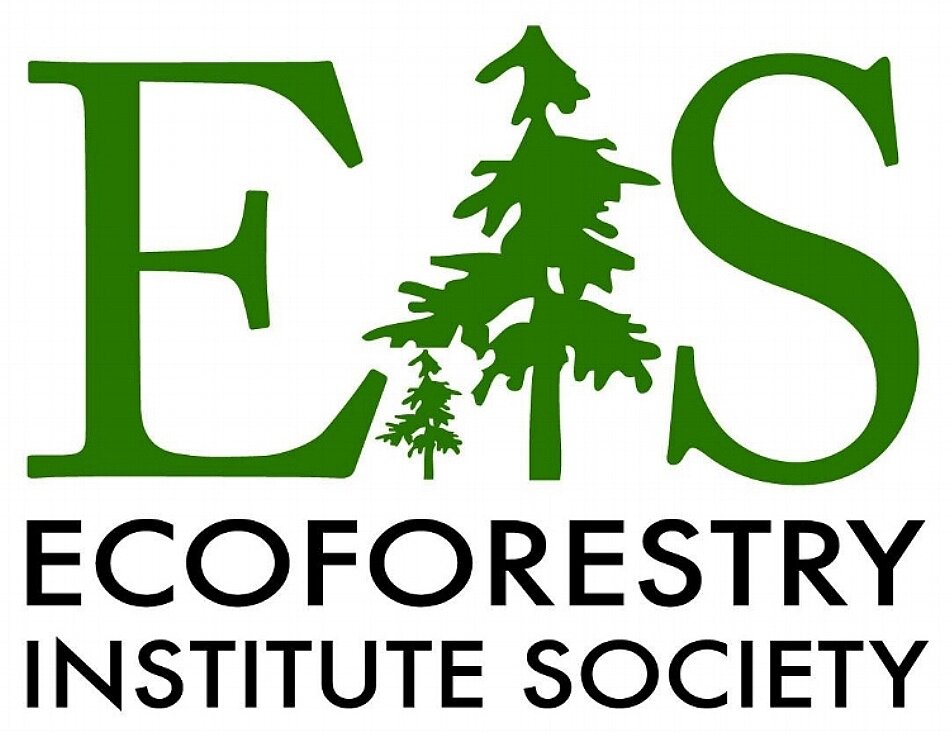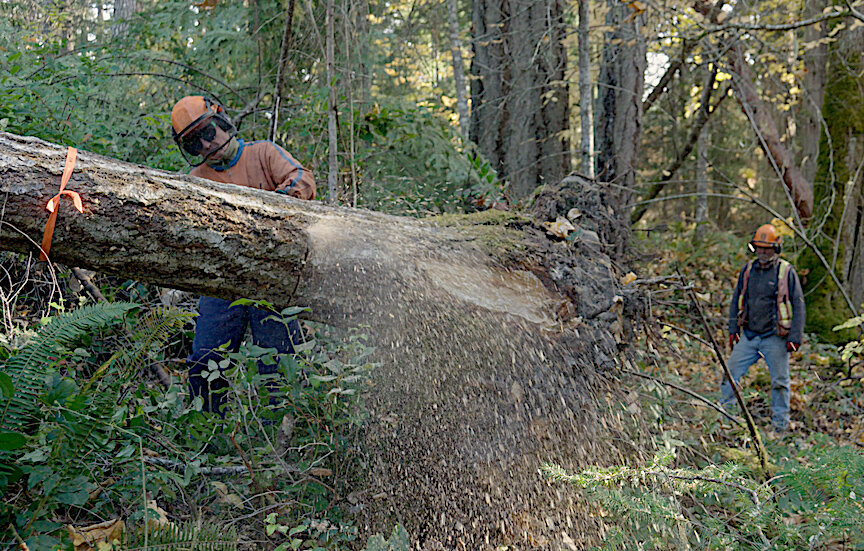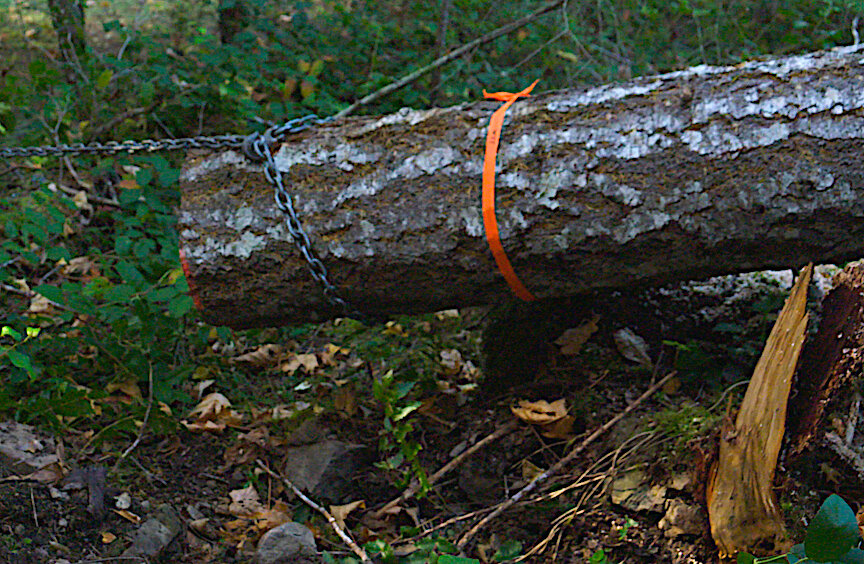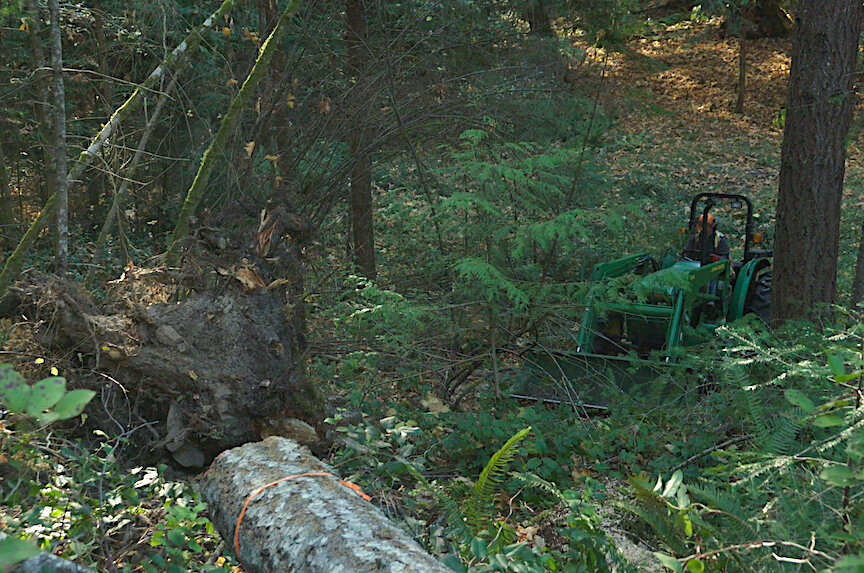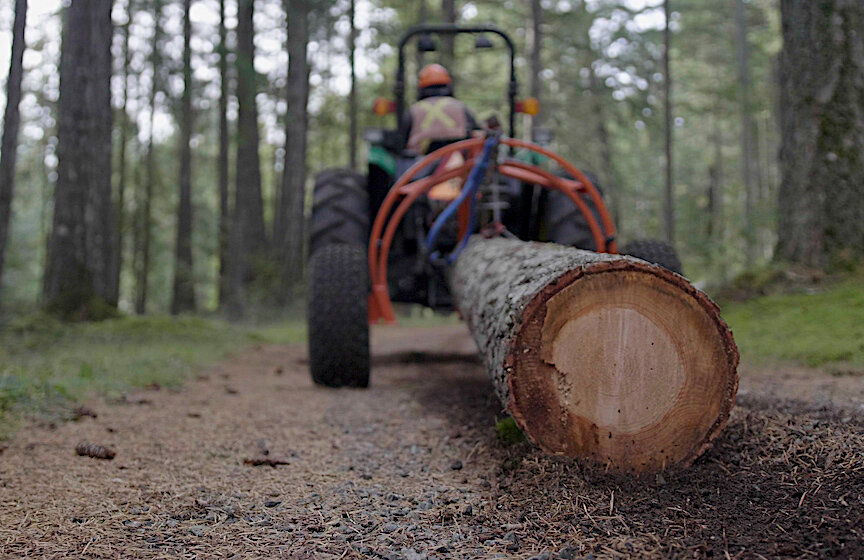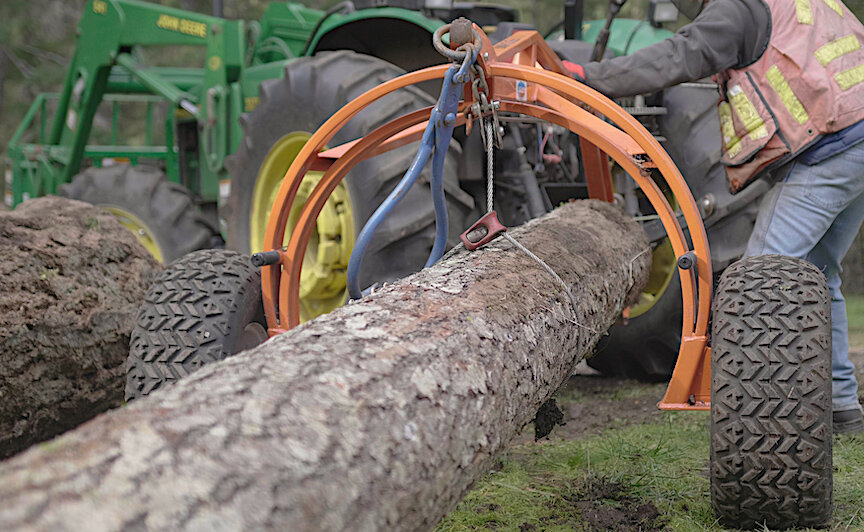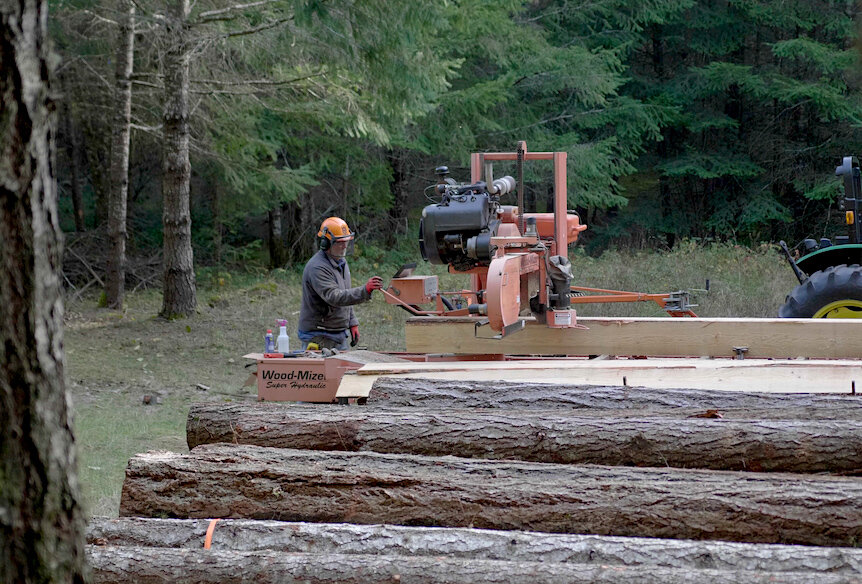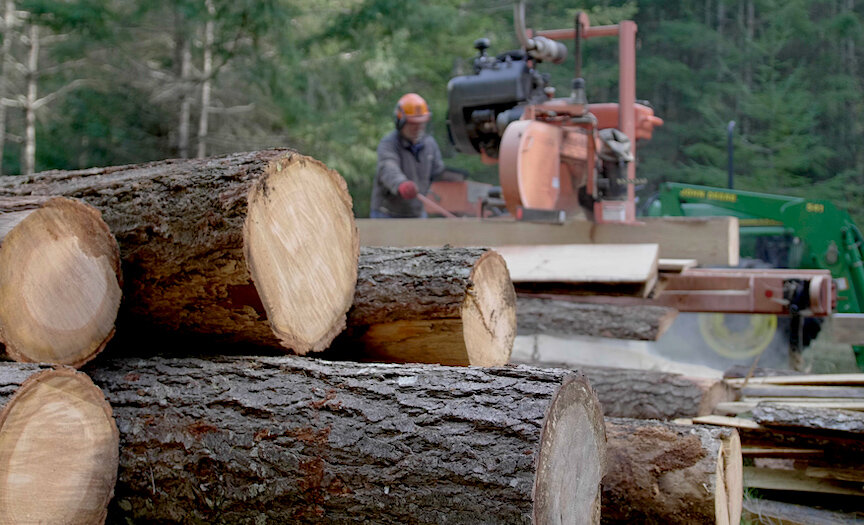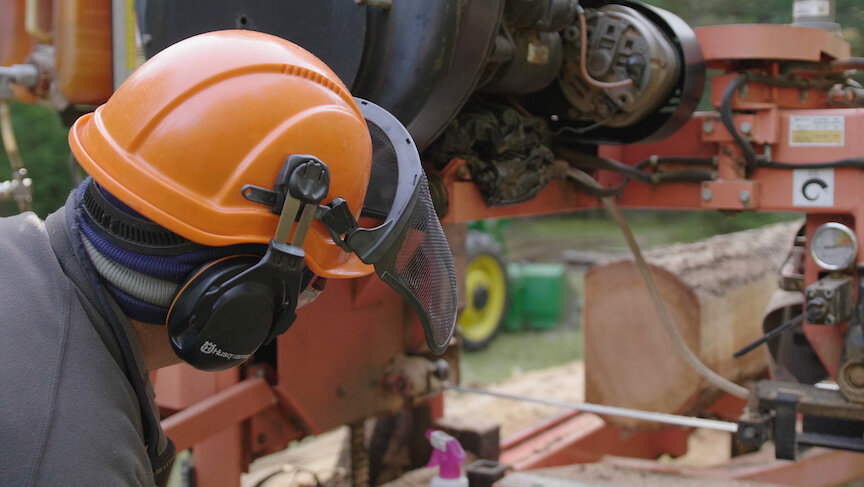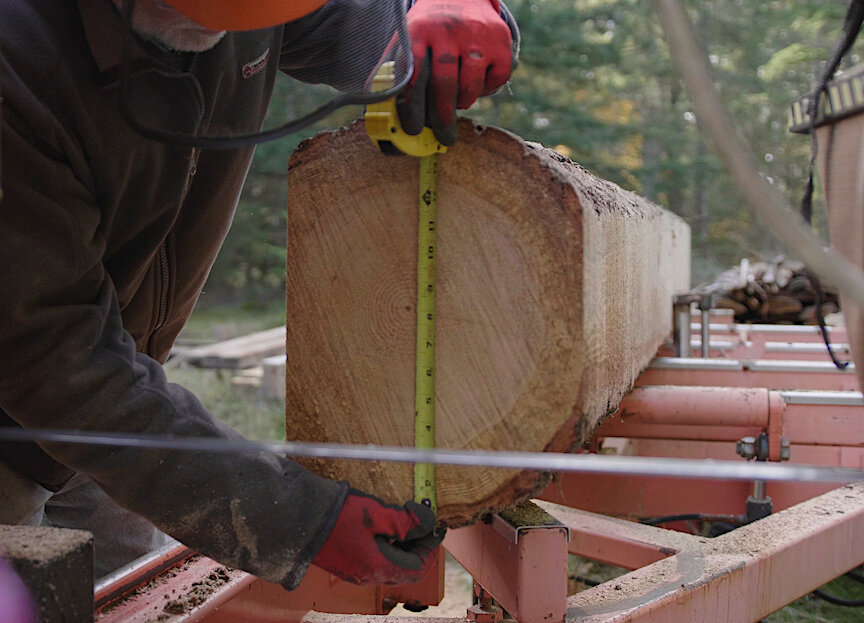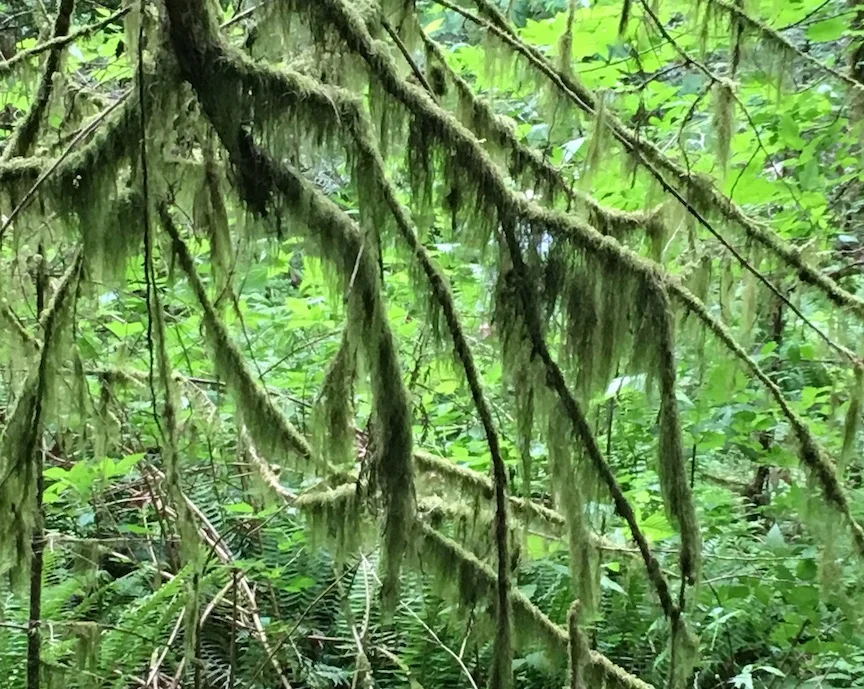What We Do
EIS has two primary mandates:
to promote the principles and practice of ecoforestry while honouring the legacy of Merv Wilkinson, the previous owner of Wildwood. As Trustees of Wildwood Ecoforest, we do this through the selective harvesting of trees as prescribed in our Management Plan. The wood is milled on the property and used for onsite construction and the production of value-added wood products.
to provide educational programming and opportunities for a wide range of audiences, from school children and students to seasoned professionals, academics, ecotourists and the general public.
Wildwood Protections
In November 2016, and after a three-year effort, EIS won a Supreme Court of British Columbia decision to acquire Wildwood Ecoforest. EIS is now the Trustee of Wildwood and holds it on behalf of the people of British Columbia.
Wildwood is operated under the terms of a Trust Deed. This deed was developed by Dr. Donovan Waters, Canada’s foremost trust lawyer, specifically for the protection of Wildwood and ensures that Wildwood can only ever be operated by a like-minded charitable society.
What We’ve Achieved
Nov. 2016 - Acquisition of Wildwood Ecoforest
Fall 2017 - First Timber Harvest
2018 Educational Programming - In 2018 we gave over 20 tours to groups ranging from elementary school classes to university groups, and individuals interested in ecoforestry, with local, national and international participants.
In October, we hosted a pit-cook for Wildwood friends, supporters and volunteers.
2018 Completion of the Homestead Restoration - a complete rebuild of electrical, mechanical, septic, water, insulation, and a range of energy efficiencies including solar. To enhance the experience at the Homestead we built two new decks and a dock that provides access to Quennell Lake. The Homestead is available for private rental accommodation, corporate retreats and special events. Click here for more information.
2019 saw the expansion of our Educational programs with the help of 6 new Nature Guides. Schools groups from all over the Island have come to Wildwood to learn about our biodiverse forest and management techniques.
Tree Harvest 2019
This fall was our 2nd tree harvest at Wildwood. Our focus was on “danger tree” assessement that posed an immenent threat to the Homestead, roads, trails and gathering places at Wildwood.
Our certified expert, arborist and RPF Peter Jungwrith did the assessments, marking trees for harvest and falling. A careful assessment of which trees would be left on the forest floor as course wood debris was made with some trees surplus to these needs being available for milling. These trees were limbed, bucked and moved to the millsite.
Since we are also demonstrating the use of small scale harvesting techniques, we incorporated the use of tractor and logging arch to move the bucked logs to the mill site where they were decked and ready for milling. We also demonstrated the milling of several of these logs into 8x8 cants ready for use or re-milling.
All in all, a bit of due diligence on safety issues, a demonstration of the selection of trees considered “immanent threat” and their removal, and a demonstration of light impact skidding and milling. Assisting Peter were Barry Gates and Erik Piikkila.
Click on the images below to see a gallery selection of the 2019 Harvest.
Our Strategies for Old Growth Forests in BC
The main goal of an OG strategy should be to re-establish the abundant historic, natural distribution of OG. In other words: to grow OG again.
It requires a long-term commitment
Lower the AAC (annual allowable cut) gradually but steadily over a long period (i.e. 50 yrs) to get well on the way of achieving natural levels of OG again while giving the industry a chance to adapt
The goal is not total preservation of OG forests (except for ecological reserves), but a more natural age class profile in perpetuity (as natural disturbance regimes would produce it) and achieved by logging at a slower rate than today
This will deliver strongly towards the goals of:
biodiversity protection and restoration
climate change mitigation
fire resistance
reconciliation with our Indigenous relatives
human health
diversification of the economy (ecotourism etc.)
Over time, more valuable logs from OG harvesting will again be available
Set aside immediately at least 30% of the OG area which would naturally (close to historic level) exist per biogeoclimatic zone, subzone & variant. These areas are meant to be ecological reserves and “biodiversity lifeboats” and are to be excluded from any future logging; don’t substitute OG with OG recruitment areas for these “lifeboats” unless there is not enough OG remaining; any OG recruitment areas need to be chosen from mature forests first.
If not enough OG is available on public land, protect it on private land with financial incentives or purchase the Land to bring it back into public ownership.
When establishing these OG reserves, aim to establish connectivity at the same time.
Long-standing low impact OG management as practiced at Wildwood is exempt from the OG reserve and logging exclusion - the oldest trees will never be cut at Wildwood (except for danger trees) and will always be abundant throughout.
Ecoforestry Around the World
Lübeck: Another Way of Logging
Learn what the City of Lübeck, Germany has done with a 5,000 hectare forest!
Before 1994, this forest would have been logged in the conventional method of using heavy machinery followed by replanting. But since 1994, Lübeck’s chief forester proposed a change in the way it was managed, using a new approach called “close to nature”, which was developed in cooperation with scientists and nature conservationists.
Read more by clicking the link below:
https://yellowpointecologicalsociety.ca/2019/01/30/lubeck-another-way-of-logging/
Since the 1940s Vancouver Island's Wildwood has been managed using Scanadinavian-inspired forestry principles that view a forest as more than just a stand of timber. — Filmed and produced by Daniel Pierce for The Narwhal
